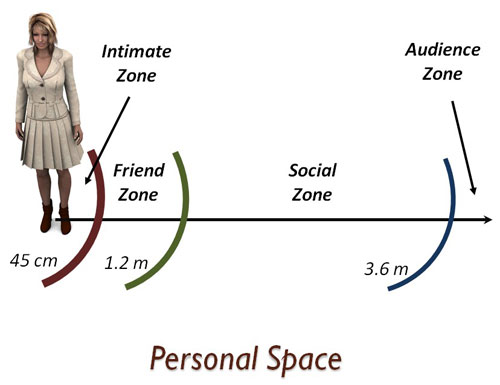Personal Response
As I was watching an episode of “The
Price is Right,” from 1980, I noticed several things about the way the models
moved and behaved. They all had very
big, plastered on grins and, unless using both hands to gesture, typically kept
one hand on their waist. The way they
moved their hands reminded me of old school ballerinas because of the way they
kept their fingers poised. The models
were generally still in their torso and lower body and moved only their arms
and hands in a fairly small range without letting their elbows get too far away
from their sides. The gestures they made were flowy and sweeping, creating an
air of somewhat faked elegance. I also
noticed that they bent their wrists a little unnaturally, holding more tension
than necessary, and I assume that was also to look more elegant (although I
think it just looked straight up uncomfortable). My favorite part of watching the models was
that the way they sat, moved, stood, and leaned all were very intentionally “relaxed
and cool.” I don’t mean that the models
were actually relaxed but they were clearly trying, through their movement, to
have a laidback and cheerful nonchalance demeanor.
Professional Response
Their movement style of trying to
appear relaxed while staying quite still and not moving more than necessary reminded
me of a play I was in at University of Wyoming called “The Beaux’ Stratagem” by
George Farquhar which was set in a village in England in the early 1700’s
(about 50-75 years before “The Rivals” was first performed). We had a great deal of time period specific
movement training during rehearsal and we learned about how stillness and small
movement were still very much the way people moved, they also tried to appear
relaxed. Men would lean back at a bit of
an angle, put a hand in their pocket, and often appear disinterested in order
to seem relaxed (however, the way they stood is actually uncomfortable to stand
in for very long). The women, of course,
wore corsets which restrict movement of the lower body very much, so the
gestures and body language they used was mostly illustrated through the way
they moved their forearm and hand and how they moved their fans. The gestures we learned to make in rehearsal
reminded me very much of the type of movement that “The Price is Right” models
did. I think that the most important point in viewing “The Price is Right” is
the similarity of the way the models moved to the way we will be learning to
move in class for “The Rivals.”
 http://larsdatter.com/18c/banyans.html
http://larsdatter.com/18c/banyans.html
"18th Century Men’s Banyans, Night Gowns,
and Wrappers." 18th Century Men's Banyans. N.p., n.d. Web. 11 Feb.
2014.












